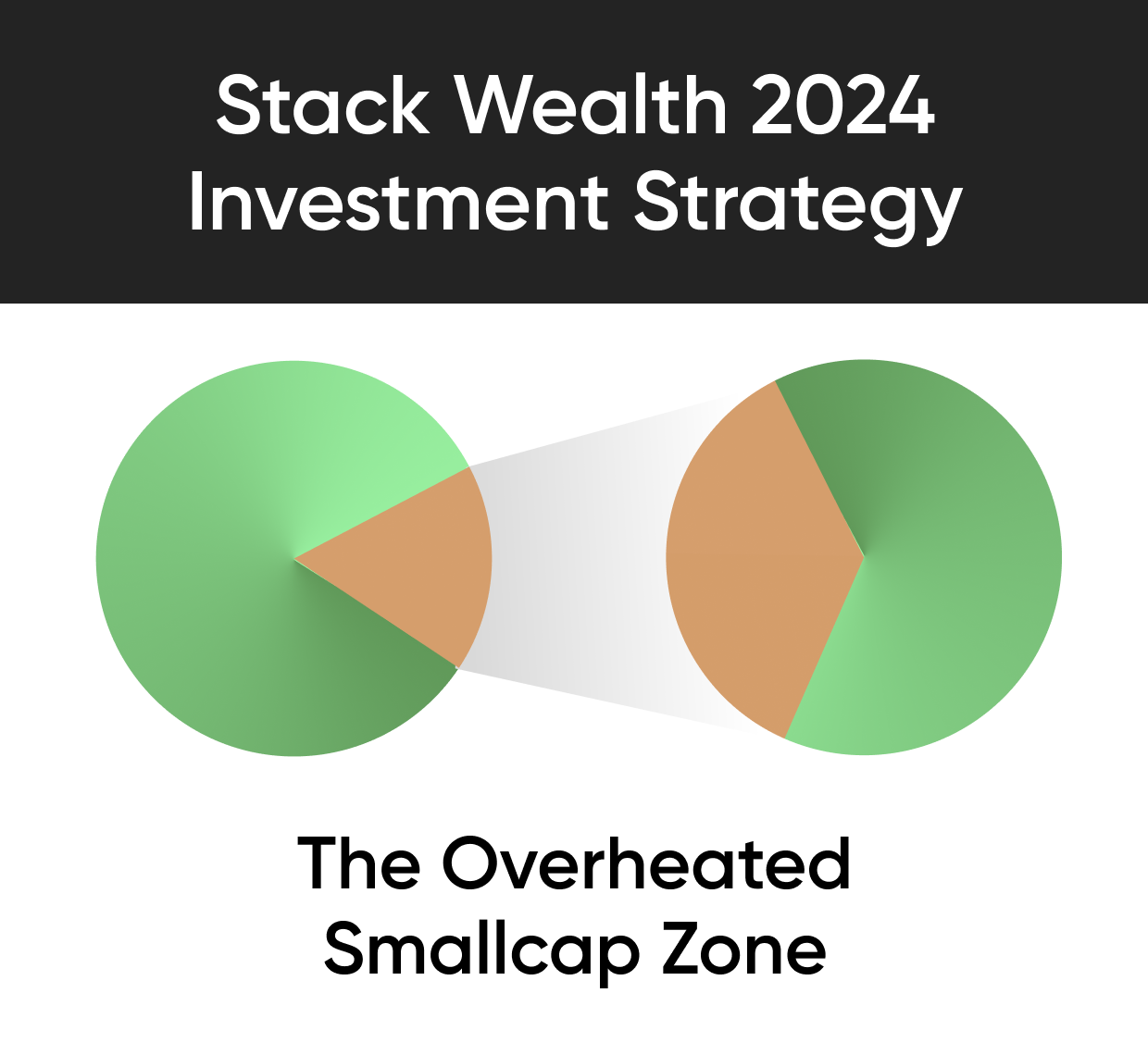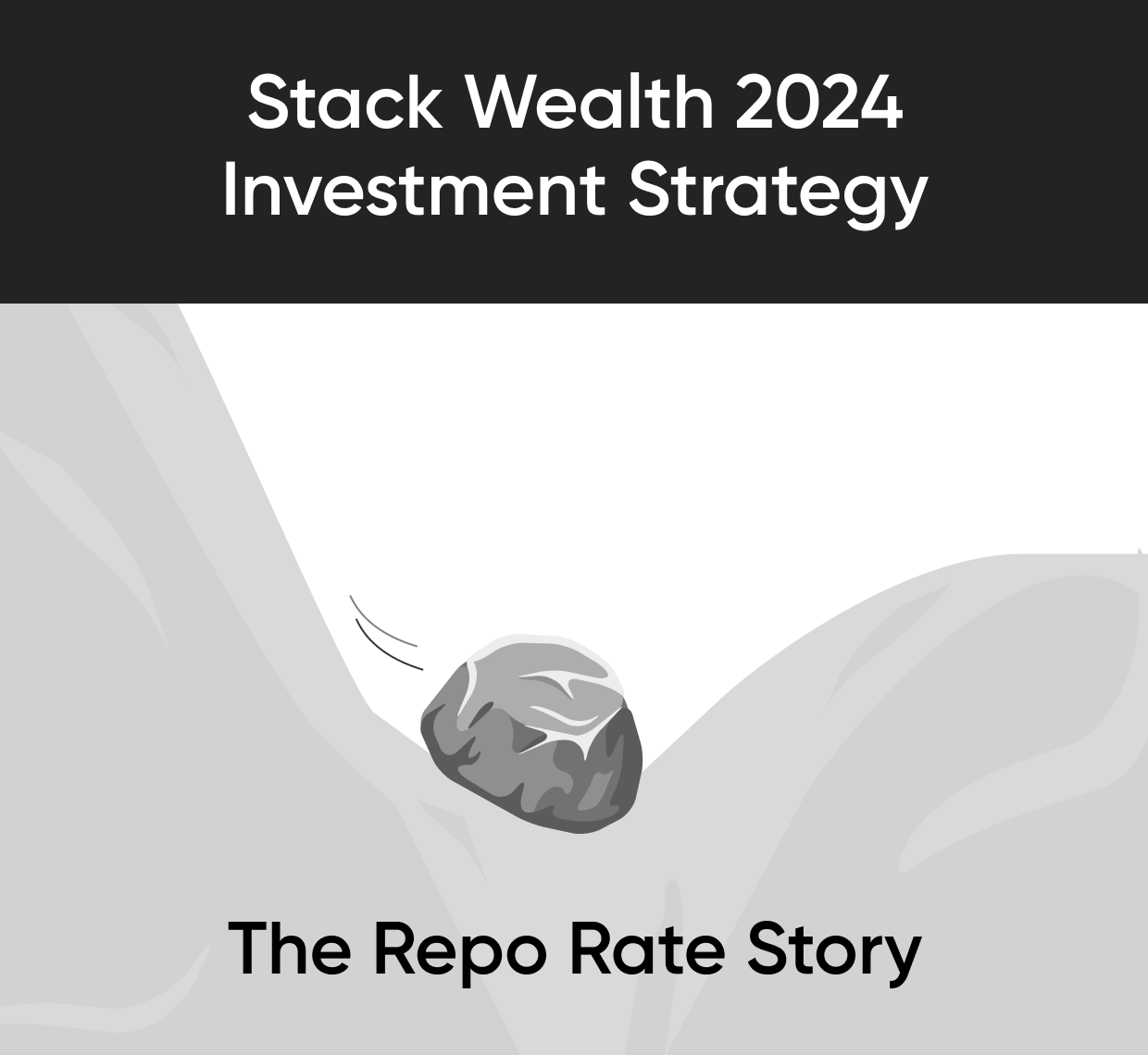Introduction
Midcap funds hold a distinct position in the financial arena, providing investors with the chance to leverage the growth potential of mid-sized enterprises while maintaining a balance between risk and return. Nestled between small-cap dynamism and large-cap stability, midcap funds provide investors a compelling way to diversify their portfolios and take advantage of long-term growth prospects. We'll explore midcap funds in this blog, highlighting their features, advantages, and things to think about for investors who want to take advantage of their potential.
Understanding Midcap Funds
Mutual funds known as "midcap" funds focus mostly on equities of businesses with market capitalizations in the middle range, usually situated between large-cap and small-cap categories. These businesses, which are frequently referred to as mid-cap stocks, combine stability and growth potential to provide investors with an alluring ratio of risk to return.
Key Characteristics
- Growth Potential: Agility, inventiveness, and the capacity for quick expansion are frequently traits of midcap firms. Investing in midcap funds exposes investors to the growth trajectories of these companies and presents a considerable chance for long-term wealth appreciation.
- Diversification: By investing in a diverse portfolio of mid-sized companies from a range of sectors and industries, midcap funds provide the benefits of diversification. By spreading out the risk, diversification lessens the effect that the volatility of any one stock will have on the portfolio as a whole.
- Risk Profile: Small-cap stocks typically have lower volatility than mid-cap companies, but they can be more volatile than large-cap stocks at times. Midcap funds are appropriate for individuals with a moderate risk tolerance who want to increase portfolio returns without taking on excessive risk since they strike a balance between growth potential and risk.
- Active Management: Skilled fund managers oversee a large number of midcap funds. They use in-depth research and analysis to find promising midcap stocks. Fund managers can take advantage of possibilities for alpha production and profit from market inefficiencies by using active management.
Benefits of Midcap Funds
There are several benefits:
- Growth Opportunities: Investors can take part in the success stories of developing and mid-sized businesses by investing in midcap funds, which provide exposure to dynamic companies with the potential for above-average growth rates.
- Portfolio diversity: You can lower the risk of concentration and increase portfolio diversity by including midcap funds in a diversified investment portfolio. Midcap equities can provide a well-rounded portfolio mix by balancing holdings in large-cap and small-cap funds.
- Active Management Experience: Seasoned fund managers who specialise in finding cheap and high-growth midcap equities oversee a large number of midcap funds. By exceeding passive benchmarks and producing better long-term returns, active management may be able to provide value.
- Long-Term Investment Horizon: Since midcap companies may take some time to reach their full potential for growth, investing in these funds necessitates a long-term outlook. The compounding effect of midcap firms' profits growth over time can be profitable for investors who are patient and ready to endure market volatility.
Considerations for Investors
- Volatility: The value of midcap funds can fluctuate more sharply in the near term because to the higher volatility of midcap equities compared to large-cap stocks. Investors ought to keep a long-term investment horizon and be ready for sporadic market volatility.
- Risk associated with Active Management: Although active management has the ability to increase value, it also carries manager risk. Before making an investment in a midcap fund, investors should carefully consider the fund manager's investment philosophy and track record.
- Performance and costs: To make sure midcap funds meet their investing goals and risk tolerance, investors should evaluate the past performance, expense ratios, and other costs related to the funds.
- Allocation of the Portfolio: Large-cap stocks, bonds, alternative investments, and midcap funds are all appropriate components of a diversified investment portfolio. Investors should consider their time horizon, investing objectives, and risk tolerance when deciding how much money to allocate to midcap funds.
Conclusion
Investors looking to diversify their investment portfolios and gain access to the growth potential of mid-sized companies can do so through midcap funds. Midcap funds offer investors a valuable combination of growth potential, diversification advantages, and active management experience to help them reach their long-term financial objectives. Investors can take advantage of midcap investing's ability to generate wealth over time by making well-informed selections and having a thorough awareness of the features, advantages, and factors related to midcap funds.











